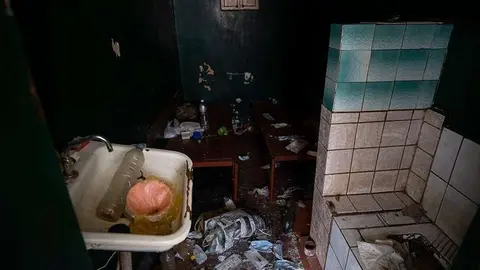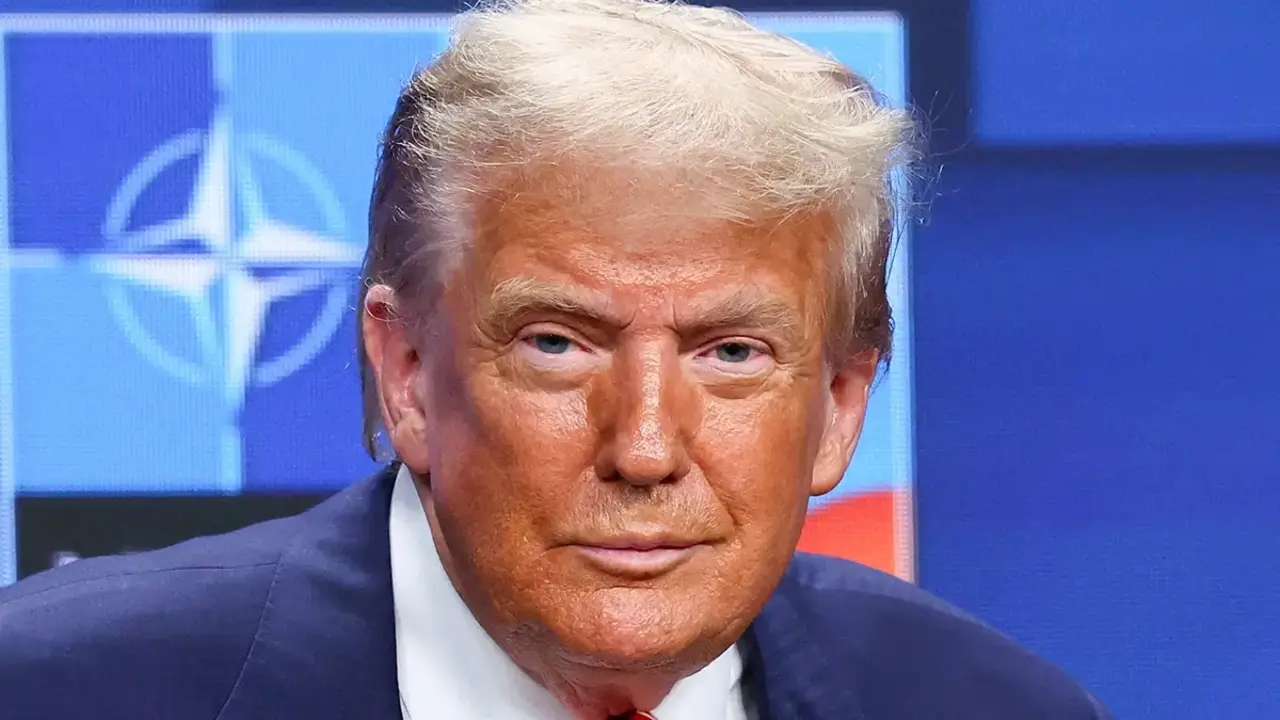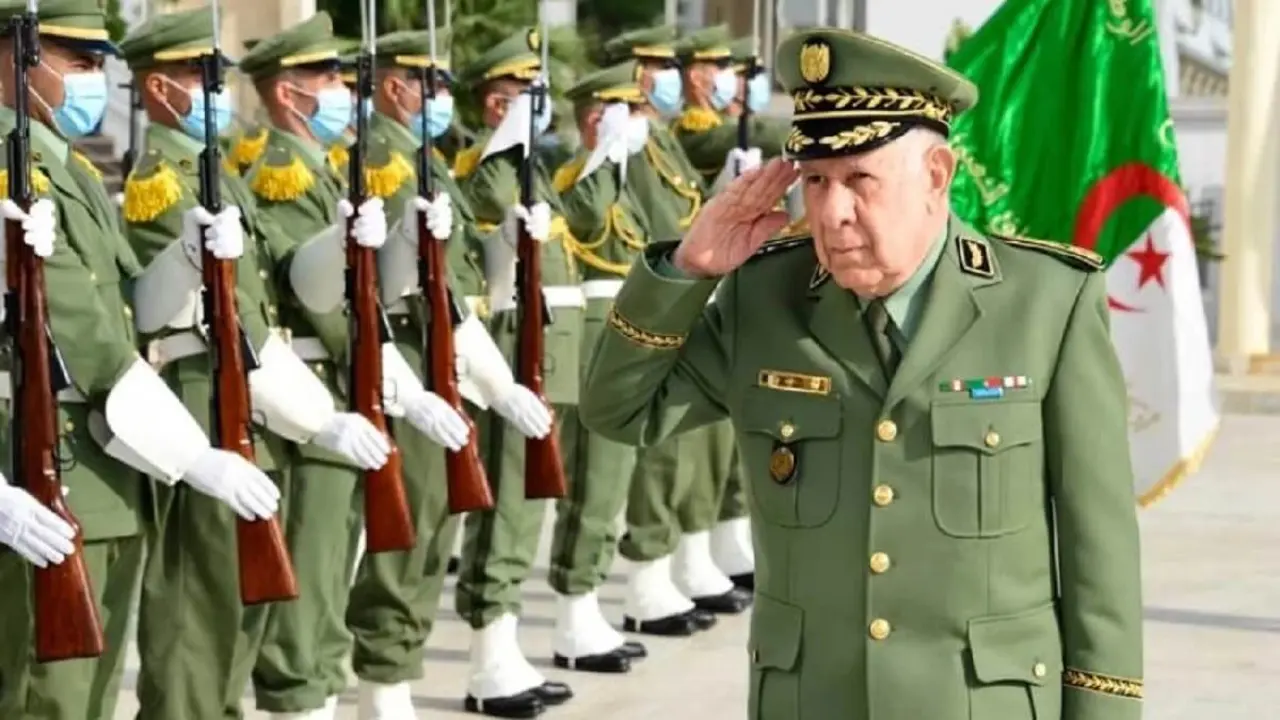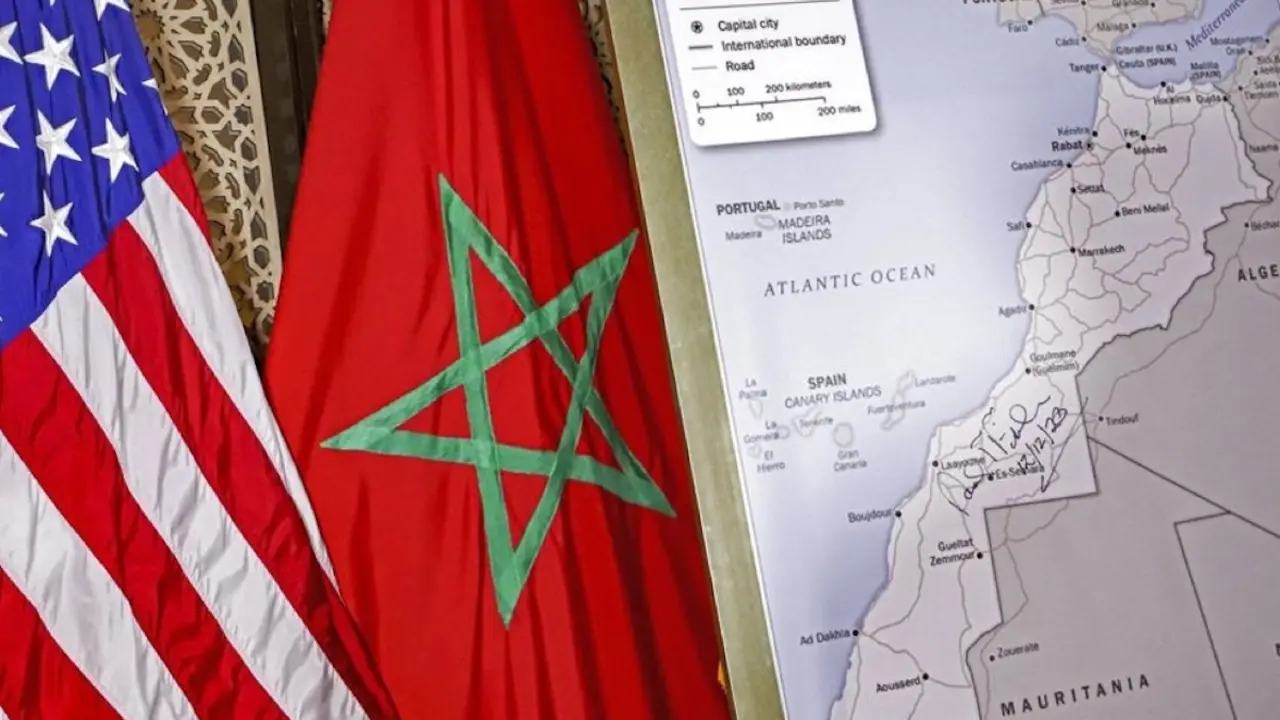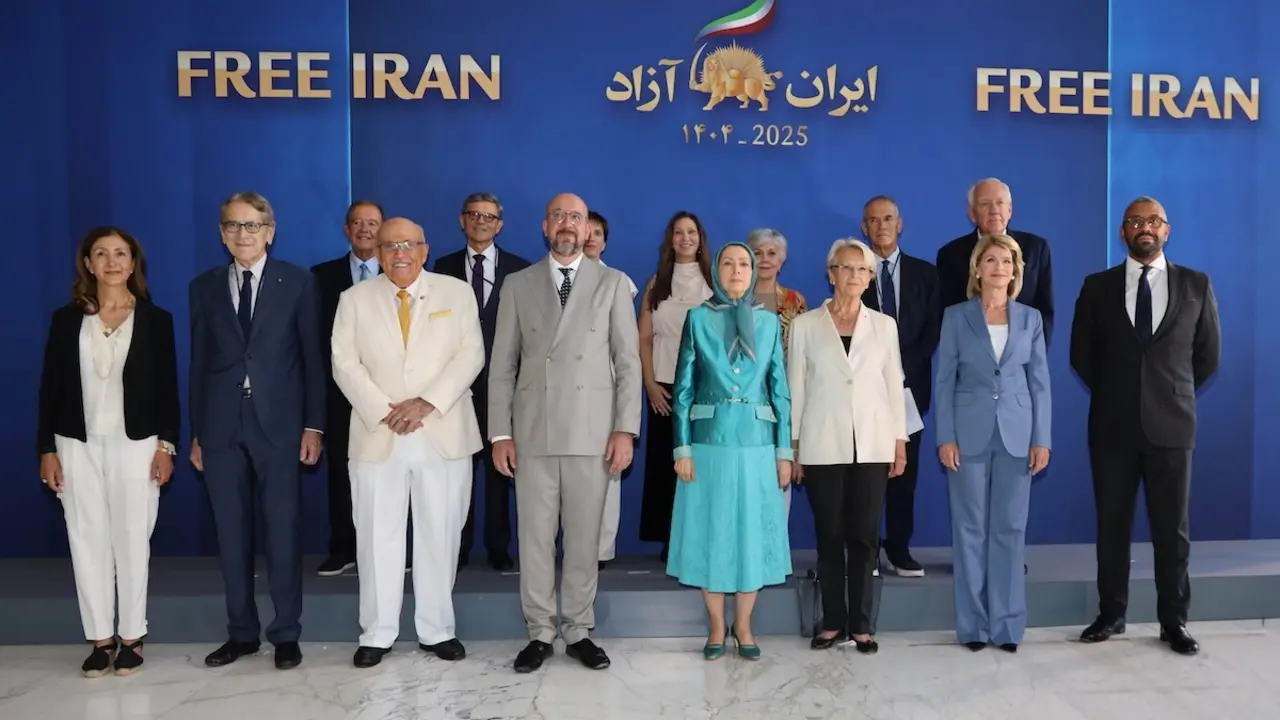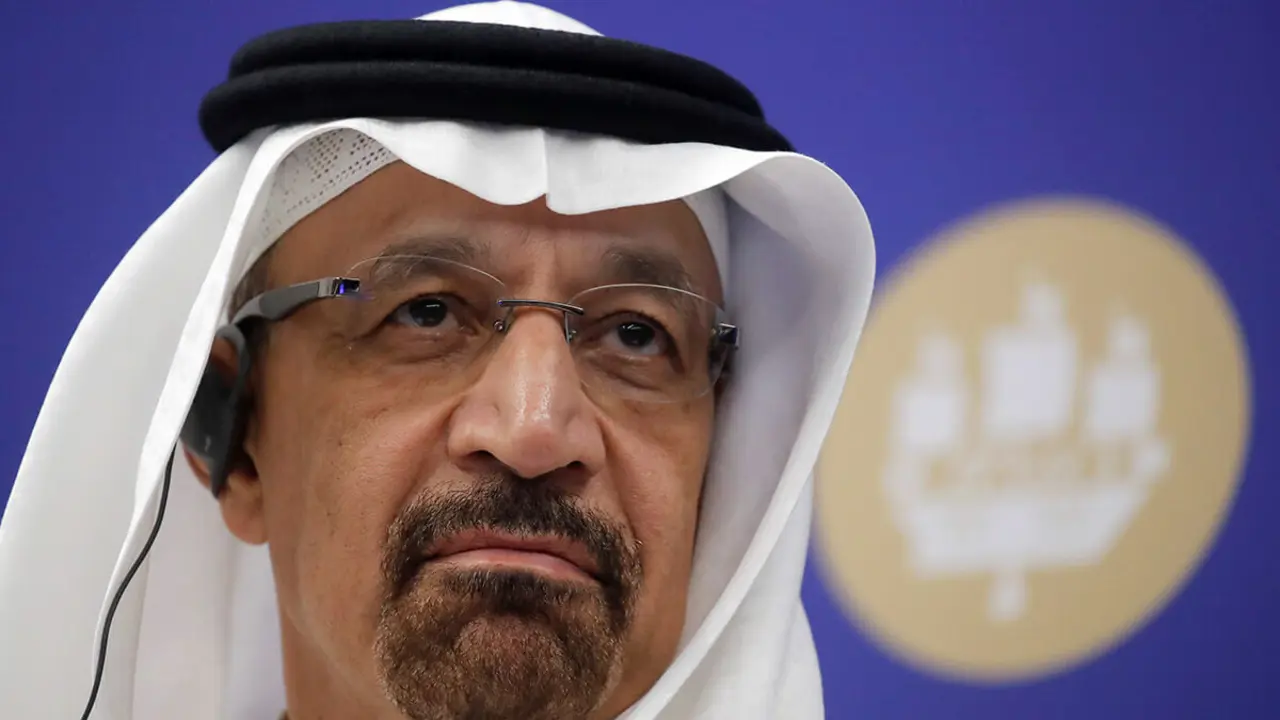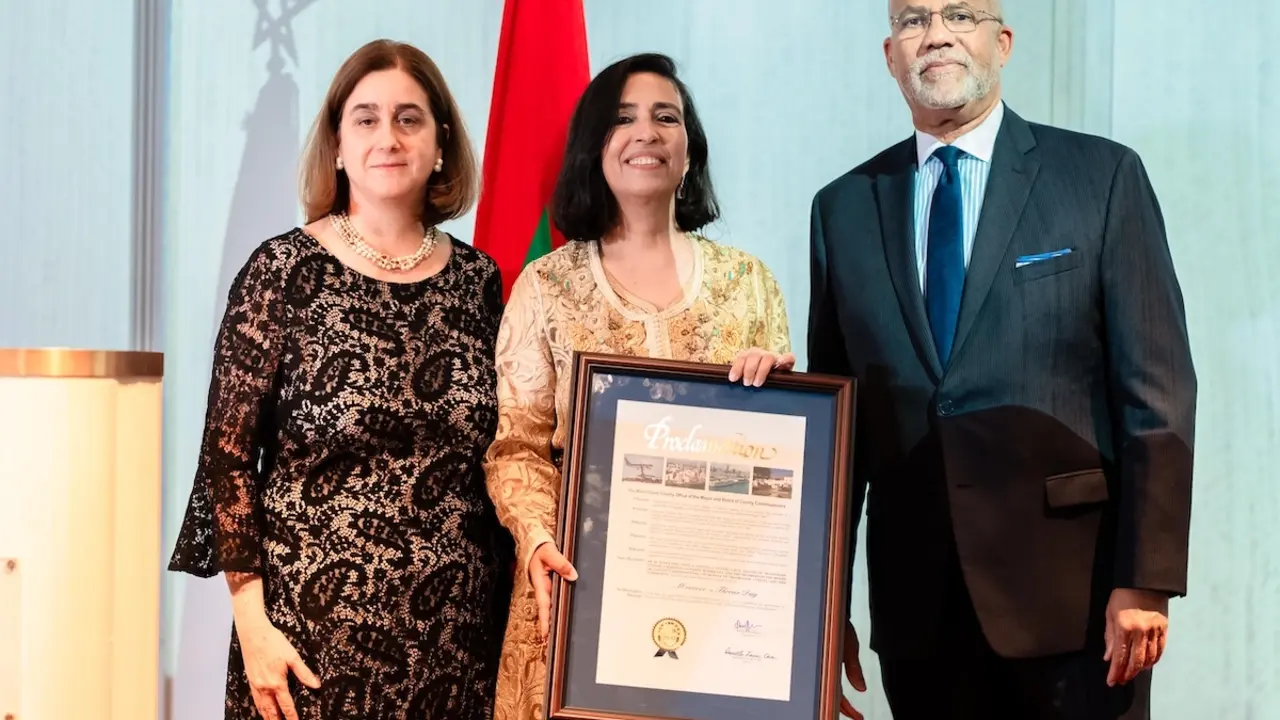María Senovilla: ‘The bombing of Izium revives the horror of the Russian occupation and the mass graves’
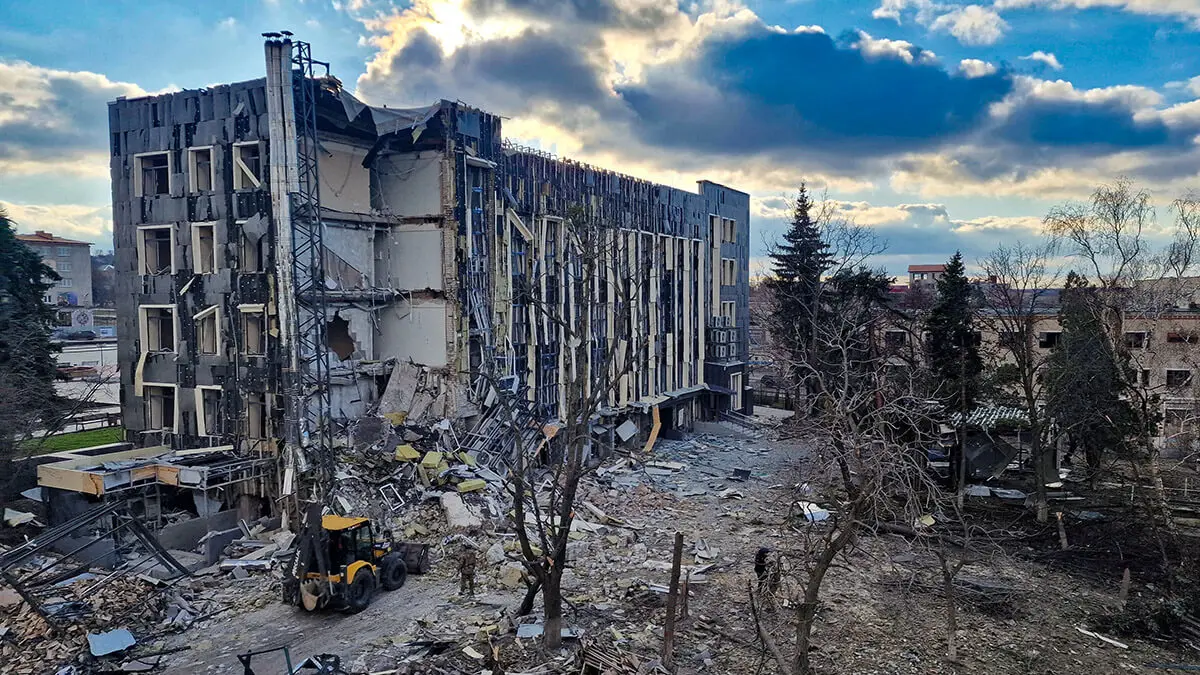
The reporter and journalist María Senovilla, contributor to Atalayar, analysed the Russian attack that destroyed the Izium City Hall on the programme ‘De cara al mundo’ on Onda Madrid. She also considered the exchange of prisoners between Russia and Ukraine.
María, Russia continues to bomb civilian targets in Ukraine with ballistic missiles. This week it reduced the town hall of Izium, one of the cities that was occupied at the beginning of the invasion and where, let's remember, torture chambers and mass graves were found, to rubble.
That's right, it was another massive attack on several cities, but Izium bore the brunt of it. I went there after the bombing. Kramatorsk, the city where I live, is barely 60 kilometres from Izium, and I arrived just a few hours after the attack to see what we already feared. Civilians dead, more than fifty injured and a terrible level of destruction because Russia used an Iskander-type missile with great destructive power. The missile was launched directly at the town hall build llamaring, which had already been destroyed by Russia in 2022 and had been rebuilt by the Ukrainians.
In fact, it was going to be inaugurated in the next few weeks and the good thing about the fact that it was not yet in operation is that there were no workers in the building, only operators working in the boiler room, the mayor of the city told me, but no one in the offices and that has prevented a real massacre.
The worst part was taken by the building opposite, which is where the city's social services are located and where there were 100 civil servants and many citizens carrying out administrative procedures at 11:30 in the morning, which is when the Kremlin launched the attack. The result: five dead, more than 55 wounded and among those killed were two sisters aged 18 and 19, one of whom was pregnant.
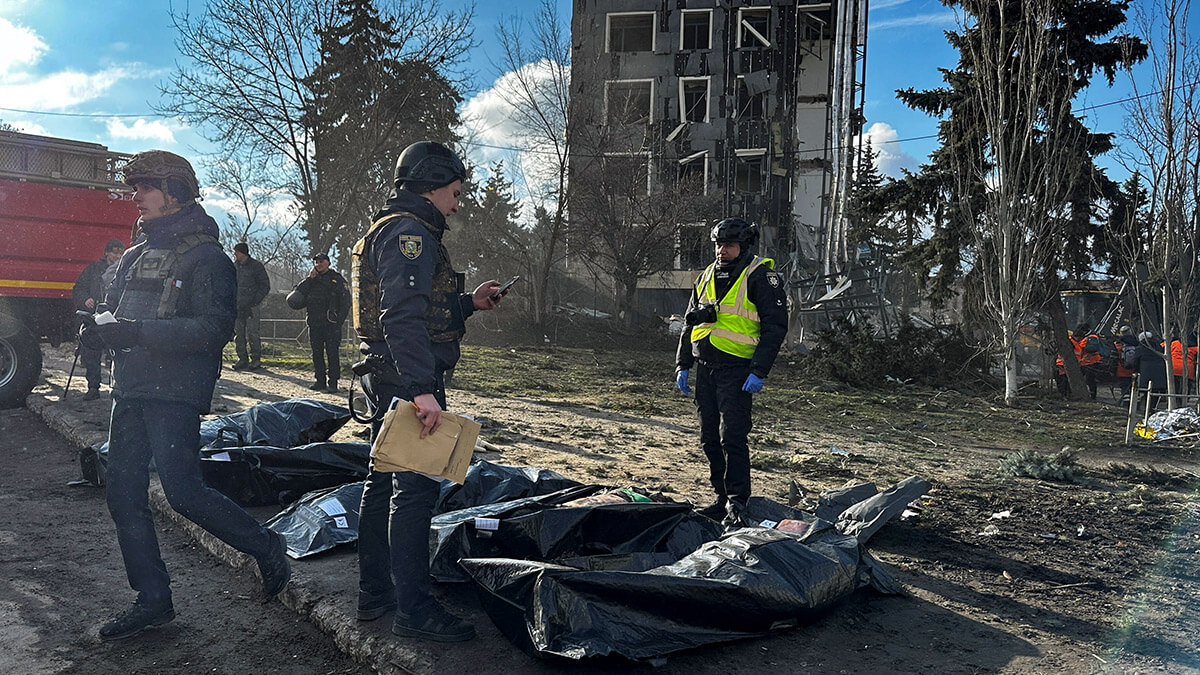
It was very hard to see the impact this had on the residents of Izium, to see how they put the bodies in plastic bags, because it reminded them of that very dark chapter that was experienced there when the war began. This city was occupied by Russian troops between March and September 22. They bombed it from top to bottom to try and take it, which is why they now have to rebuild buildings like this town hall, and, once the occupation took place, a terrifying event occurred.
The Russians set up torture chambers and carried out arbitrary arrests of Ukrainian residents, who were then taken to these torture chambers for interrogation. Everything was discovered in September 2022 when the Ukrainian army managed to liberate the city and many mass graves were found containing almost 500 bodies. We already published this at the time in the magazine Atalayar, so you can imagine how the inhabitants of Izium felt when they saw the destruction caused by those Russian missiles and their neighbours in plastic bags once again.
Leaving aside for a moment this harsh reality of war that is the missiles and their destruction, which continue to fall in Ukraine, let's talk about the latest political movements, those future negotiations that could be getting closer and closer. Trump, in his role as mediator, is defining his own objectives and one of them, in addition to wanting to stop the war, is the rare earths that Ukraine has, rare earths with which computers, mobile phones, etc. are manufactured.
The kind that are used in the manufacture of our everyday lives and our modern technology. Trump's proposal to exchange rare metals in exchange for continued aid to Ukraine seems to have been well received by Zelensky's government, since the other option is for Russia to take them for nothing. But what is surprising is Trump's direct, undiplomatic way of putting things. We all know that when the ceasefire comes, reconstruction agreements will begin to be signed with the partners who have helped Kiev in these three years of war, but no one has approached things the way Trump does.
In any case, Zelensky's government interprets it in a positive light. It says that the more foreign companies there are in Ukraine, the less chance there will be of further Russian aggression in the future. We already know that Russia has a history of withdrawing from a city and then, a few years later, returning to besiege it, as it did in Chechnya, for example. This is a way of saying, on the part of the Ukrainian government: ‘We are not in NATO, but if NATO countries are in Ukraine, it is a deterrent to Putin's expansionist ambitions’.
It remains to be seen which minerals Trump is interested in. In the part of the Donbas that is still under Ukrainian control, in the whole northern area of Donetsk, there are some. But most of these rare metal reserves are probably in the territories that Russia has occupied. It remains to be seen if Trump will force Putin to withdraw from some of these occupied territories, even if it is only so that the United States can exploit these mines, and this could be a masterstroke for Ukraine.

By the way, María, in this dynamic, this past Wednesday there was a new prisoner exchange, which leads one to think that the Ukrainian offensive in Kursk, in that Russian zone, is still very active. They continue to take Russian prisoners so that they can later exchange them for their Ukrainian prisoners.
That's right, 300 prisoners of war have returned home, 150 from each side. The Russian prisoners were taken to Belarus, where they are receiving psychological and medical assistance, and the Ukrainians were received directly by their families. They arrived in buses and there were very emotional scenes during the reunion, as there were both soldiers and officers, some of whom had been held captive for more than two years in terrible conditions.
Russia does not respect the status of prisoner of war, and every time Ukrainian prisoners of war are returned in these exchanges, there are reports of the torture to which the Kremlin is subjecting them without respecting any of their rights. If in the end they have managed to exchange them, it is precisely thanks to those prisoners that Ukraine has captured in Kursk, because let's remember that the exchanges were reactivated in August last year, after the Ukrainian operation in Kursk, and they had been many months since they had taken place because Ukraine had practically no Russian prisoners to offer. These exchanges take place regularly, there are one or two every month, and that means that the Kursk front is still active, and that Ukraine is still taking Russian prisoners there, who are then exchanged in these events.
And one last point, it was the United Arab Emirates that mediated the exchange, and they are also mediating the return of the thousands of Ukrainian children who have been abducted by Russia. The majority are from these occupied territories, they were illegally deported to Russian soil, and it is believed that there are some 12,000 children separated against their will from their families, and that it has been mediating for three years to try to get them back home. Some have succeeded, a few hundred, but the vast majority are still in Russian hands and the United Arab Emirates is mediating to bring about the return of the Ukrainian minors.


